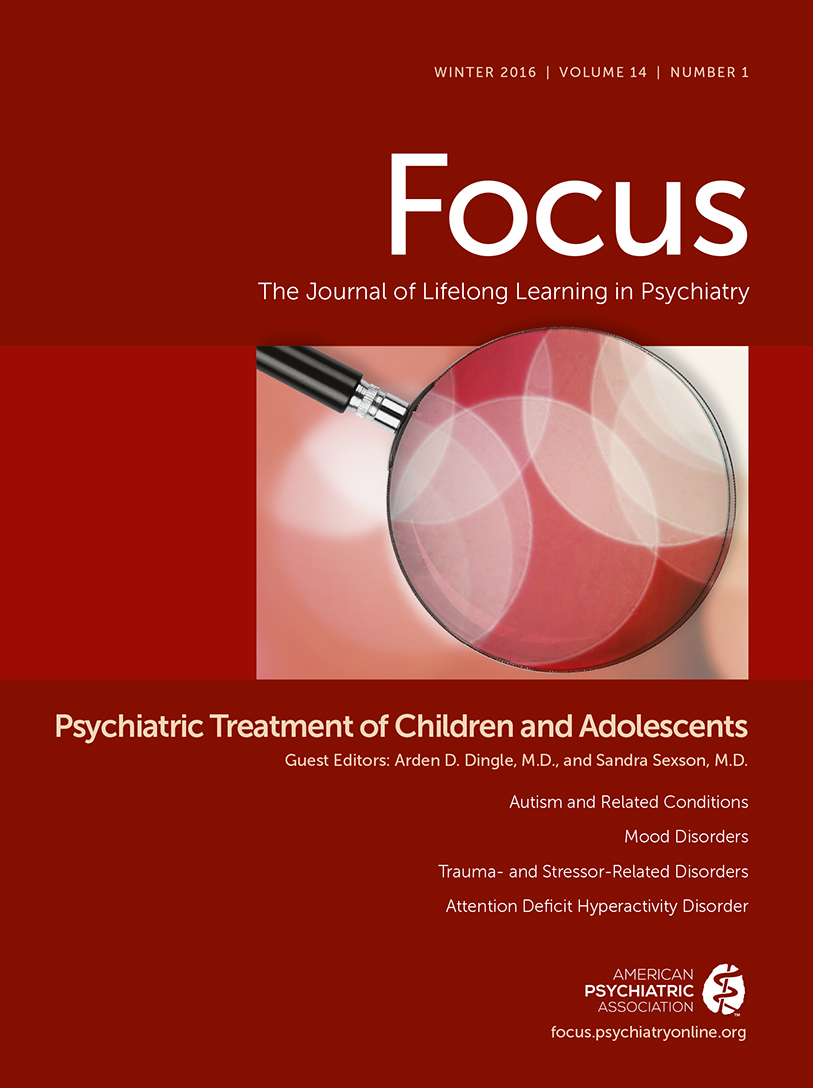Disruptive Mood Dysregulation Disorder Among Children and Adolescents
Abstract
Disruptive mood dysregulation disorder (DMDD) was introduced in the mood disorders section of DSM-5. Its primary symptoms are “severe, recurrent temper outbursts” (manifested verbally and/or physically) superimposed on and associated with chronic irritability. DMDD is a condition with an early age of onset (i.e., symptoms apparent by age 10, although the diagnosis cannot be made before age 6); however, nothing is known about the condition among adults in part because questions about temper outbursts (versus “often losing temper”) are not consistently asked after 6 years of age. Other qualifiers are present so that better-known conditions are not overlooked. For instance, manic symptoms that are present for more than 1 day, symptoms that are not exclusively occurring during major depressive disorder, or symptoms that are better explained by autism, posttraumatic stress disorder, separation anxiety, and dysthymia are exclusionary. Although DMDD can co-occur with attention-deficit hyperactivity disorder (ADHD), conduct disorder, and substance use disorder, it preempts diagnoses of both oppositional defiant disorder and intermittent explosive disorder.



